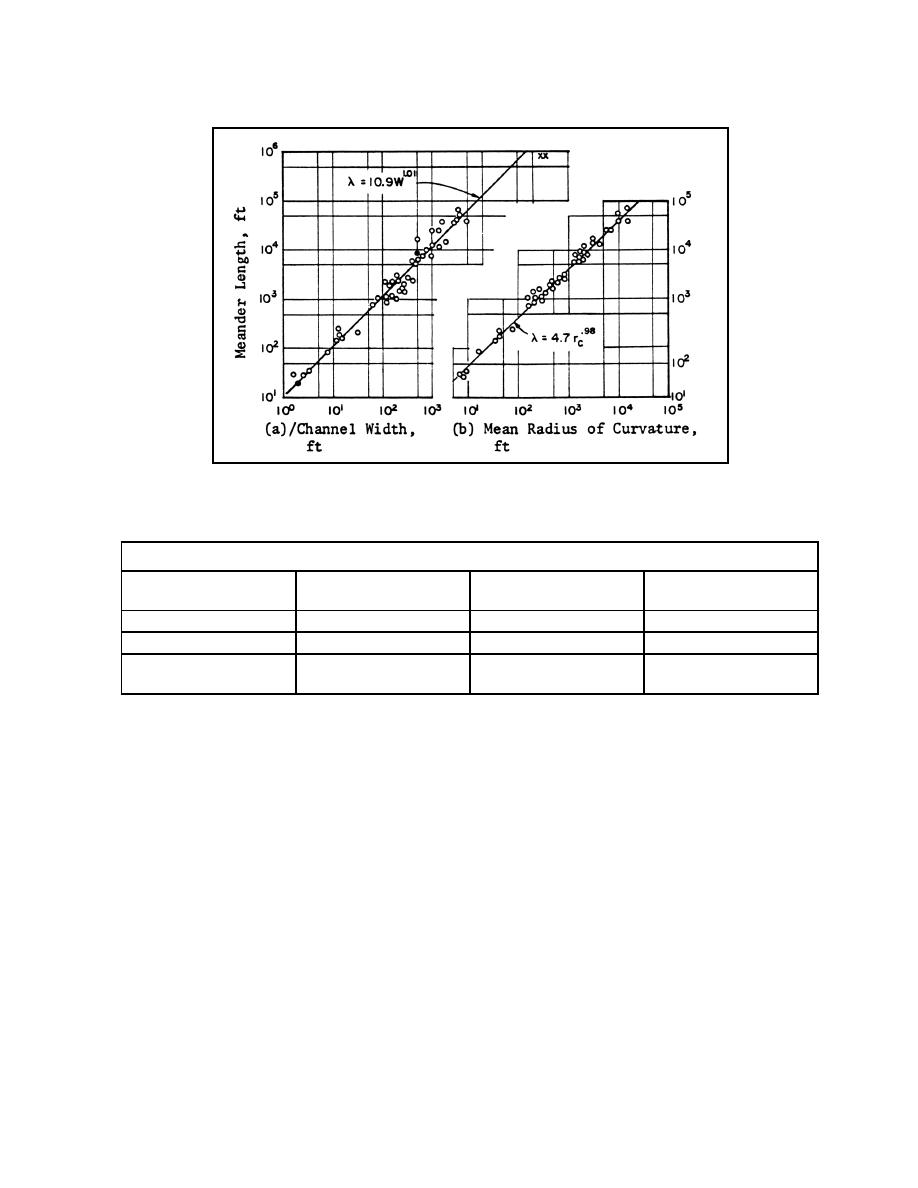
Figure 5.16. Empirical relations for meander characteristics (Leopold et al. 1964).
Table 5.1. Empirical Relations for Meanders in Alluvial Valleys.
Meander Length to
Amplitude to
Meander Length to
Channel Width
Channel Width
Radius of Curvature
Source
0.99
0.99
A = 18.6W
-
Inglis (1949)
λ = 6.6W
1.04
-
A = 10.9W
-
Inglis (1949)
1.01
1.10
0.98
Leopold and
A = 2.7W
λ = 10.9W
λ = 4.7rc
Wolman (1960)
5.4.4 Braided River Channels
A braided stream is one that consists of multiple and interlacing channels (Figures 5.11 and
5.13). One cause of braiding is the large quantity of bed load. Generally, the magnitude of the
bed load is more important than its size. If the channel is overloaded with sediment, deposition
occurs, the bed aggrades, and the slope of the channel increases in an effort to obtain a
graded state. As the channel steepens, the velocity increases, and multiple channels develop.
These interlaced multiple channels cause the overall channel system to widen. Multiple
channels are generally formed as bars of sediment are deposited within the main channel.
Another cause of braiding is easily eroded banks. If the banks are easily eroded, the stream
widens at high flow and forms bars at low flow which become stabilized, thus forming islands.
In general, a braided channel has a relatively steep slope, a large bed-material load in
comparison with its suspended load, and relatively small amounts of silts and clays in the bed
and banks. Figure 5.17 will assist in defining the various conditions for multiple channel
streams.
5.20




 Previous Page
Previous Page
